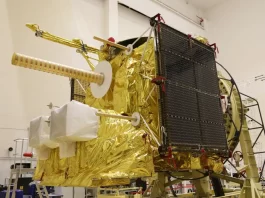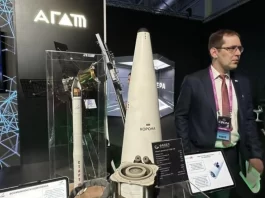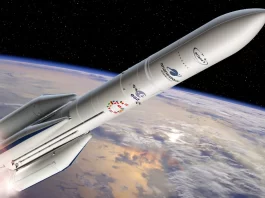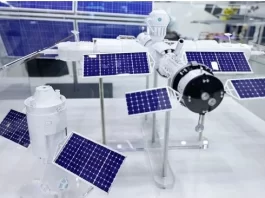At the Airbus facility in Friedrichshafen, Germany, full production of the six Galileo Second Generation (G2) satellites has commenced following the delivery of the initial satellite flight model structure from Beyond Gravity in Zurich. After preliminary preparations, the panels will be distributed to additional Airbus facilities before their ultimate integration and testing at Friedrichshafen. In the future, the Galileo G2 satellites are slated to be launched to assist in the G2 System’s initial deployment and validation.
Head of Space Systems at Airbus, Jean-Marc Nasr, stated that the company is earnestly commencing production of the cutting-edge Galileo G2 satellites following a successful design phase. He stated that Airbus teams in Friedrichshafen are collaborating with engineers from Europe to finalise these sophisticated satellites and meet the stringent deadline. Doing so will allow for the further improvement of the global Galileo system and create even more opportunities for services on Earth.
Airbus has developed a coordinated production programme to leverage the spacecraft manufacturing, integration, and testing expertise of its sites, including Backnang (near Stuttgart), Friedrichshafen, Madrid, Ottobrunn (near Munich), and Toulouse, to meet the stringent deadline of delivering all six satellites in less than two years. Early 2024 will see the arrival of the second satellite structure, followed by the third by the end of the following year. As a result of Airbus’ modular manufacturing strategy for the G2 satellites, three spacecraft will be produced concurrently.
By equipping the G2 satellites with improved navigation antennas, the European Global Navigation Satellite System’s premier system will experience increased precision. The spacecraft will be furnished with advanced navigation antennas and electric propulsion for the first time. Additionally, it will be outfitted with completely digital payloads that can be conveniently modified while in orbit. This will empower the payloads to proactively address the changing demands of users through innovative signals and services.

Javier Benedicto, the Director of Navigation at ESA, says that this recent achievement serves as a confirmation of the European industry’s perseverance and prowess, as well as an indication of ESA’s determination to push the limits of satellite navigation.
In addition to inter-satellite links that enable the satellites to communicate and cross-check, the aforementioned 2-ton satellites will feature six (rather than four) improved atomic clocks and inter-satellite links, which are a nod to Airbus’s history of developing the dependable Eurostar series of telecommunications satellites. This is intended to provide users around the globe with positioning accuracy in decimetres. To safeguard Galileo signals, they will be equipped with sophisticated interference and spoofing protection mechanisms that are controllable via an increased data rate to and from the ground. The mission of the spacecraft will be fifteen years in orbit.
The European Union finances and oversees the Full Operational Capability phase of the Galileo mission. Through a signed agreement between the European Commission and ESA, ESA serves as the Commission’s design authority and system development prime.





